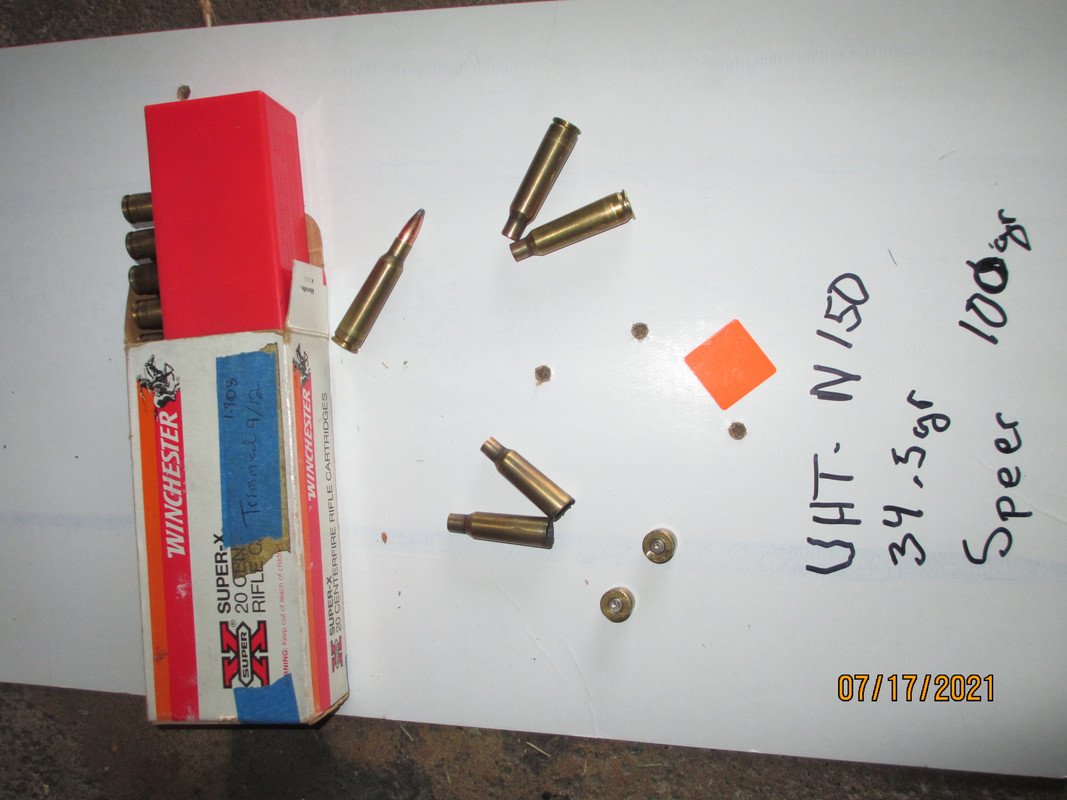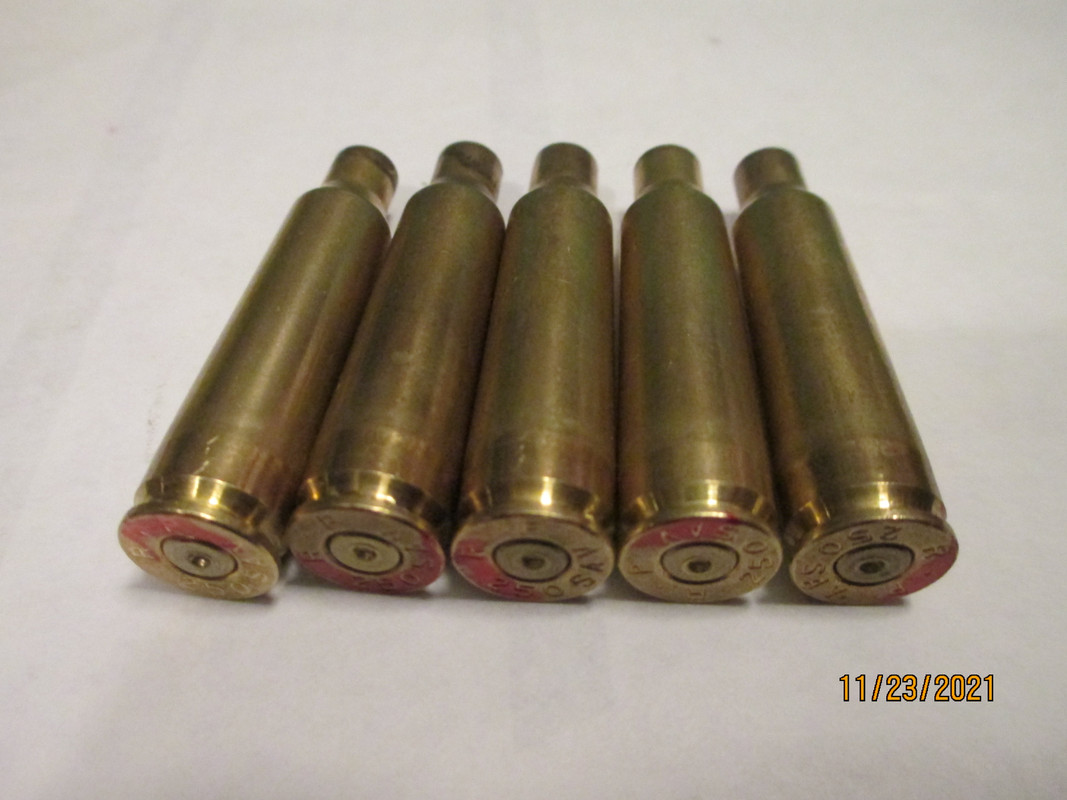cloverleaf
Handloader
- Sep 10, 2006
- 4,381
- 1,011
Did some reloading yesterday. Trying to find a workable load for Speer 100 gr hot core in my 250 Savage. Dad always liked his Speer's but I haven't been able to make them work well. However, given the current "shortage" I figure to use them up before my BT's Per the recommendations from Nosler below I loaded up some w/ 32.5 grains VHT N150, Also at 32 Grains and some at 30 Grains. Nosler data on the page below only loads down to 30.5 Gr. My older Speer manual lists this powder down to 28 Gr. Will the 30 Gr. load be safe?
https://load-data.nosler.com/load-data/250-3000-savage/
Thanks for the thoughts- CL
https://load-data.nosler.com/load-data/250-3000-savage/
Thanks for the thoughts- CL









